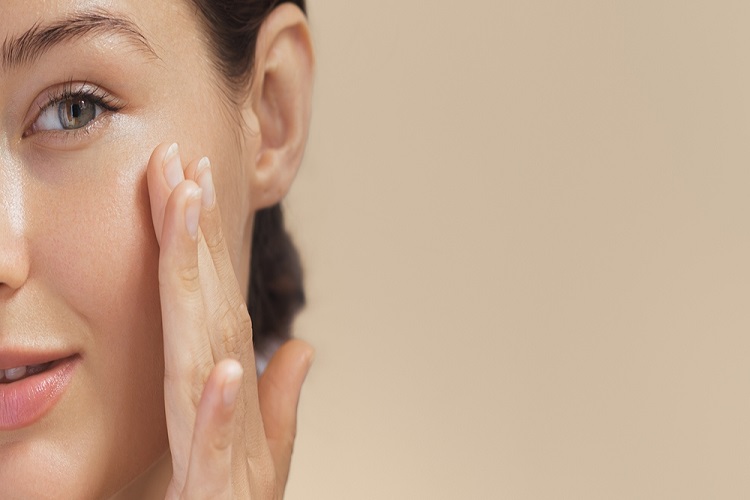The future of hearing aids has changed as of late, as digital hearing aids are rapidly taking over the market and leaving their analogue counterpart’s way behind. This has been well recognised by users and those in the hearing industry as the future of hearing aid technology. Inasmuch as analogue hearing aids convert waves directly into the user’s ear via simply amplifying the sounds obtained by its interior microphone, digital hearing aids decode the sound waves into digital algorithms that can be fine-tuned to provide users with a customised soundscape. This development is known as digital signal processing, or DSP.
There are many advantages associated with DSP. Digital hearing aids can improve and lower certain frequencies much more efficiently than analogue hearing aids, presenting the wearer with a sound tailored to their individual needs and wishes. Any consistent background noises can be filtered out, and it can be made to be specifically sensitive to the frequencies commonly used in speech. One of the major frustrations constantly expressed by users of analogue hearing aids is that when they turn the volume up to listen to softer sounds, such as a child’s voice, other surrounding sounds become uncomfortably loud. The use of a digital hearing aid simply eliminates this problem.
Best Sound Quality
The most progressive models monitor for feedback in real time, and are able to filter out squeaks and squeals before they occur. Most of them can automatically adjust their internal microphone also, switching between directional and omnidirectional modes to acquire the best sound quality available for hearing aids in London. Directional microphones have long been known to create an improvement in clarity, while omnidirectional microphones provide users with the best portrayal of the sounds going on around them. With the use of digital hearing aids, users can have the best of both worlds.
Digital hearing aids are available in the conventional over-the-ear design, but many fit snugly almost invisibly inside the ear canal. Remarkably, they are even much sturdier than their analogue counterpart varieties, and keep the same sound quality over time. Users have come to really appreciate their ease of use, as the hearing aids themselves make the necessary fine-tuning automatically, and there’s no more of that fiddling around with them for the wearer.
Present Day Costs
Currently, digital hearing aids are somewhat more expensive than the analogue hearing kind, and some people unfortunately find the cost out of their range. Those who have gone on to make the investment claim that the enhanced sound quality makes them truly well worth purchasing and have no regrets. This in itself makes the venture worthwhile. Hearing aid businesses are working continuously to enhance and develop the quality of their products, and it’s certain to assume, as with many other products out there on today’s markets, that as the demand increases, it will then come to be produced in greater quantities and thus lower prices.
Digital hearing aids are certainly the way to go!









Comments